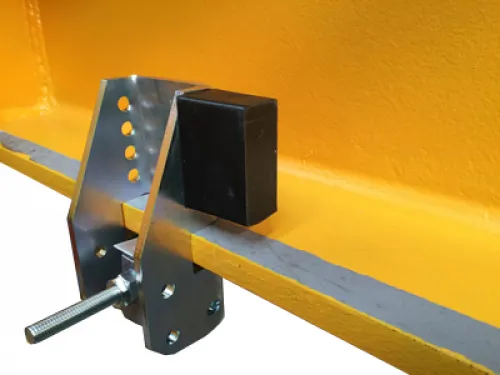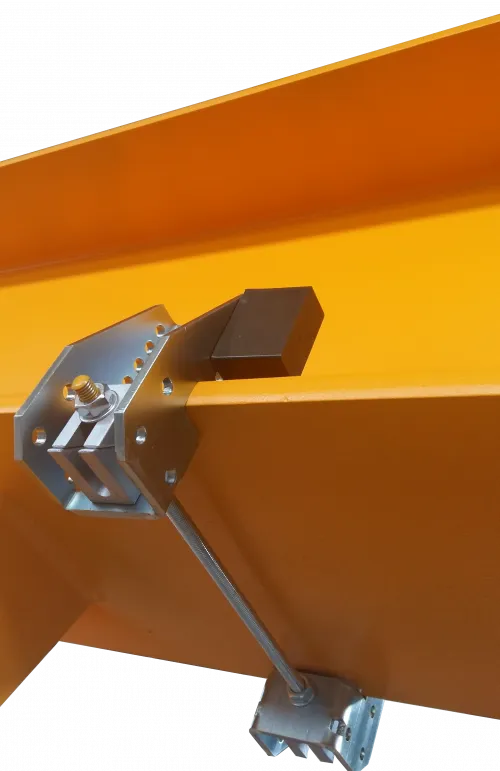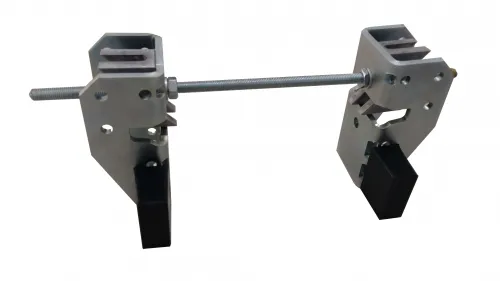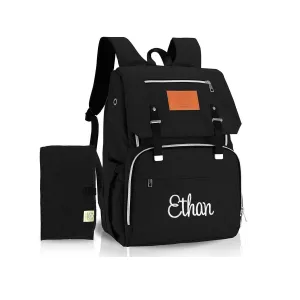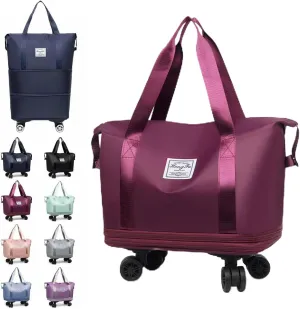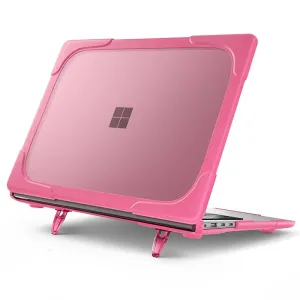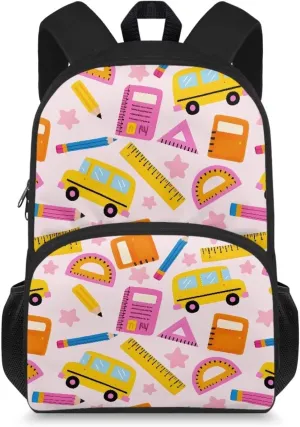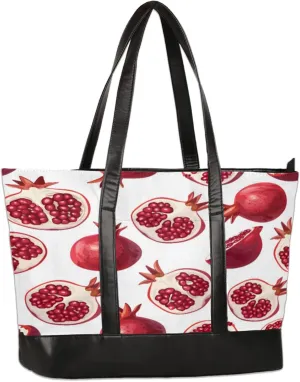Universal Beam Trolley End Stops are designed to terminate crane and hoist runway beams and I-beams up to 21.65" wide with a maximum thickness of 0.78". These beam end terminations are essential to commissioning a compliant hoist system, leaving beams un-terminated presents a huge risk to the operator, the equipment and others around or simply use them as an ultimate (emergency) mechanical limits for your hoist and prevent unwanted or unintentional travel. With our Runway Beam End Stops you can be sure that you have the best universal trolley end stop solution available in the United States.
Sold in Pairs (terminates one beam and both ends)
- Galvanized Steel
- Quick and easy assembly
- Buffers can be placed in 3 different positions (see downloads for details)
- Includes all fixings and fasteners required
- Fits W-beams and I-beams
- Sold in pairs
OSHA requires a stop device on a Crane or Trolley to limit travel as per OSHA 1910.179
The Occupational Safety and Health Administration’s standard OSHA 1910.179(a)(57) defines an end stop as “a device to limit the travel of a trolley or crane bridge. This device is attached to a fixed structure and normally does not have energy absorbing ability.” Their use is covered by the Crane Manufacturers Association of America’s CMAA Specification 70, section 4.15: which states:
4.15.1. Runway stops limiting the bridge travel are normally designed and provided by the owner or specifier.
4.15.2. Stops are located at the limits of the trolley and bridge travel and shall engage the full surface of the bumper.
4.15.3. Stops engaging the tread of the wheel are not recommended.
Notably, end stops are not the same as end caps. End caps are used to close off the open end of a rail; end stops are usually placed at the farthest point that a bridge or trolley can travel (which may be several inches or more away from the end of the rail). Additionally, end stops can be used to segregate individual cranes and trolleys along different sections of the same rail, preventing a collision and restricting their movement to a specific work area within a facility.
There are a variety of best practices that should be followed when utilizing end stops on overhead handling equipment. These include:
- Train all overhead equipment operators to not operate the crane or trolley near the end stops; this is typically not necessary.
- End stops are not to be relied upon to stop the travel of a trolley or bridge.
- Educate operators about the potential damage and/or equipment failure that can happen if the trolley or bridge runs full speed into the end stop.
- The overhead system’s owner is responsible for ensuring that the end stops are designed correctly and are of sufficient strength to prevent the bridge or trolley from traveling off the end of the rail.
- End stops should be bolted or welded into place to a substantial member that will accommodate forces or loadings.
- Only the bumper of the trolley or bridge should come into contact with an end stop, not the wheels.
- Limit switches engineered to cut the power to the drive motor of the trolley or bridge may be required to prevent contact with the end stops.
| Model | A | B | C | D | E | F | Weight |
|---|---|---|---|---|---|---|---|
| TESH20-36 | 3.22" - 11.81" | 14.25" | 0.87" | 2.36" | 5.5" | 2.75" | 11lbs |
| TESH20-63 | 3.22" - 21.65" | 24.8" | 0.87" | 2.36" | 5.5" | 2.75" | 12lbs |
| TESH18-25 | 3.2" - 6.3" | 9.8" | 0.70" | 2.36" | 5.51" | 2.75" | 13lbs |
| TESH30-63 | 4.25" - 21.65" | 25" | 1.18" | 2.36" | 5.9" | 4.3" | 14lbs |
- Impact Force 20,000 lbs. @ 33ft/min.
- Impact Force 4,000 lbs. @ 92 ft/min.

